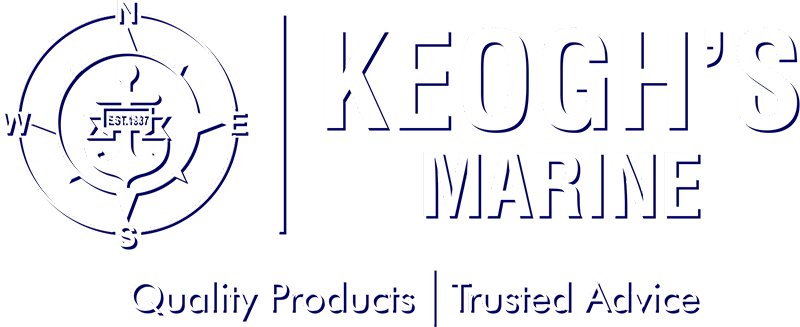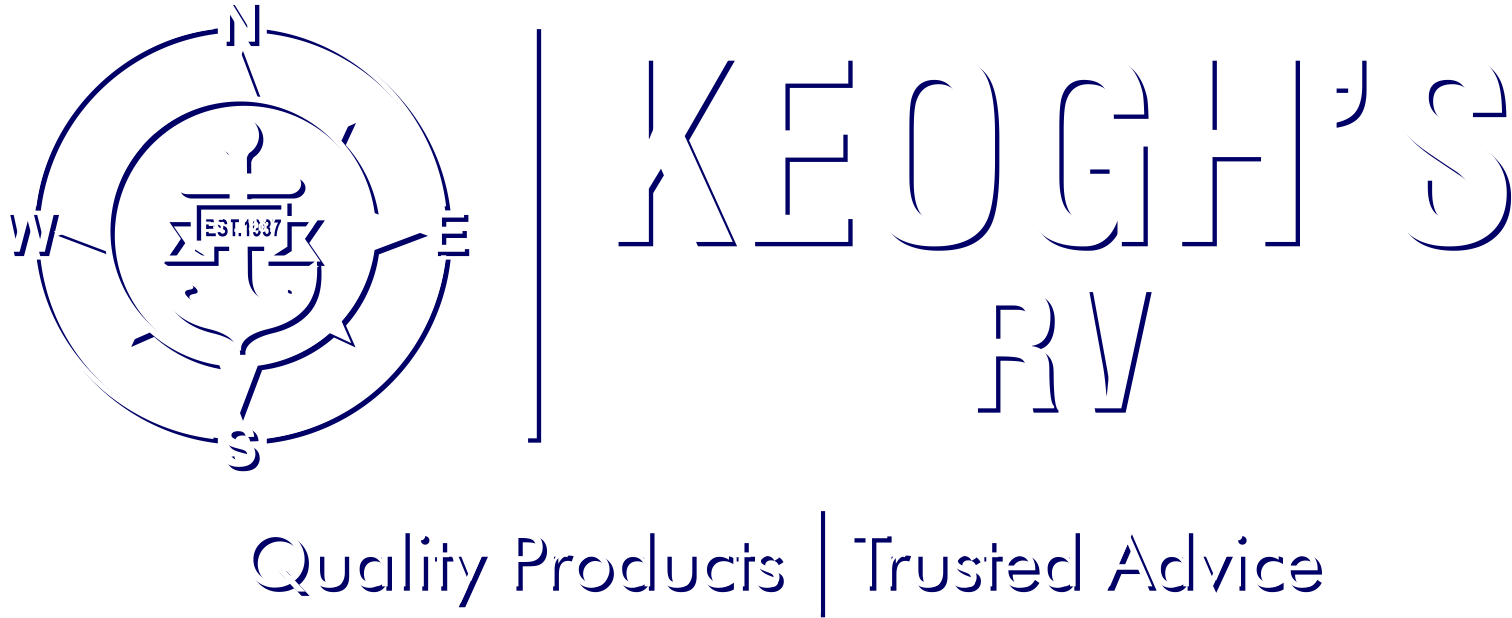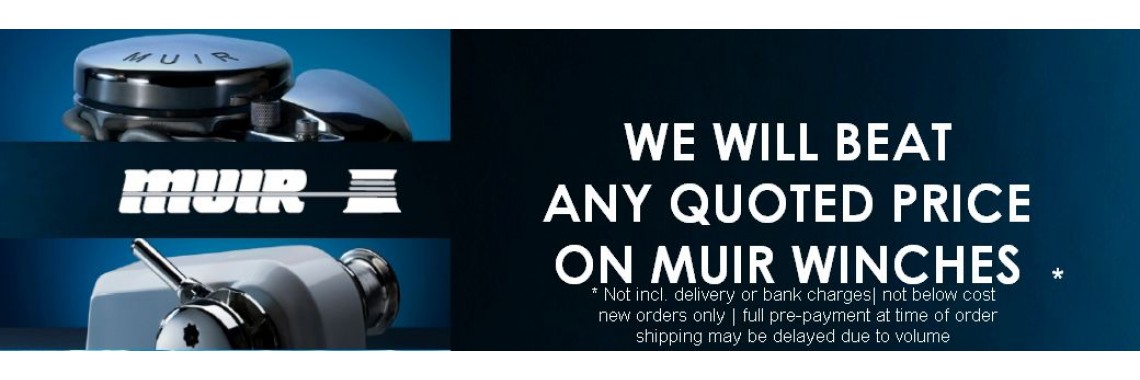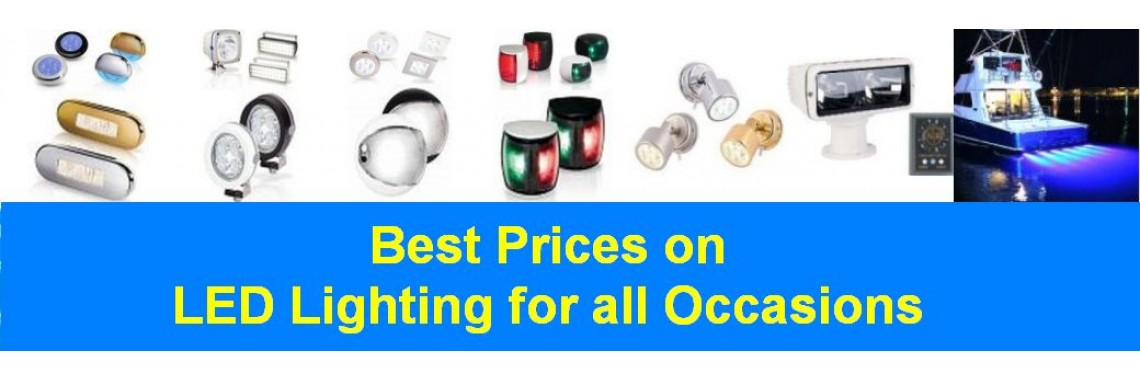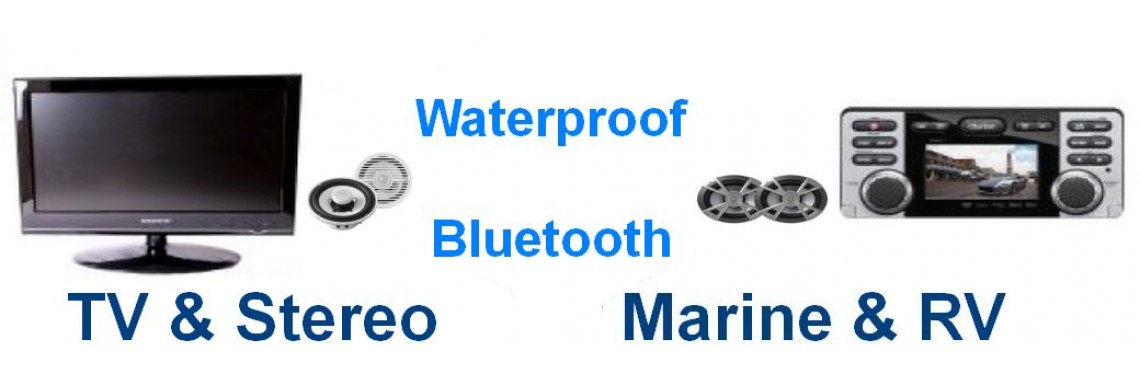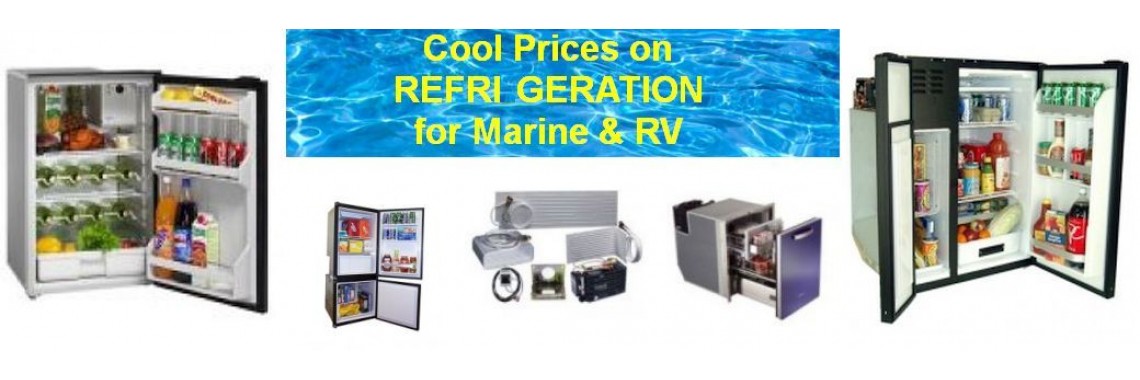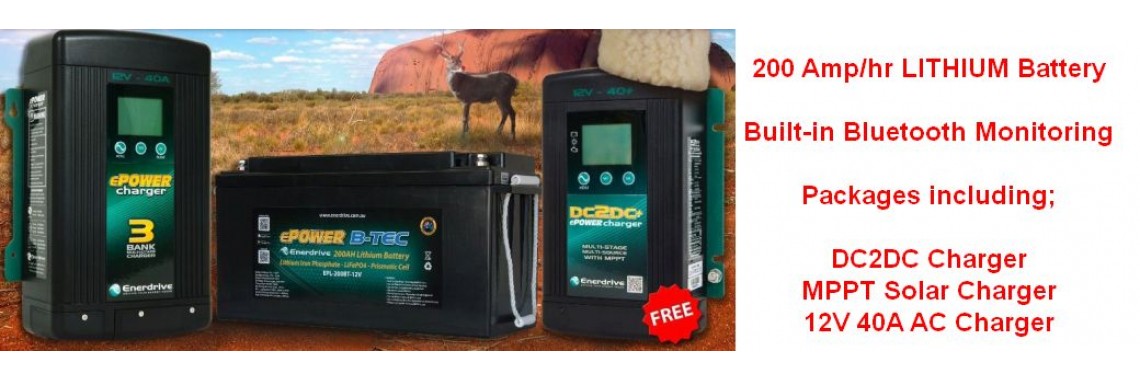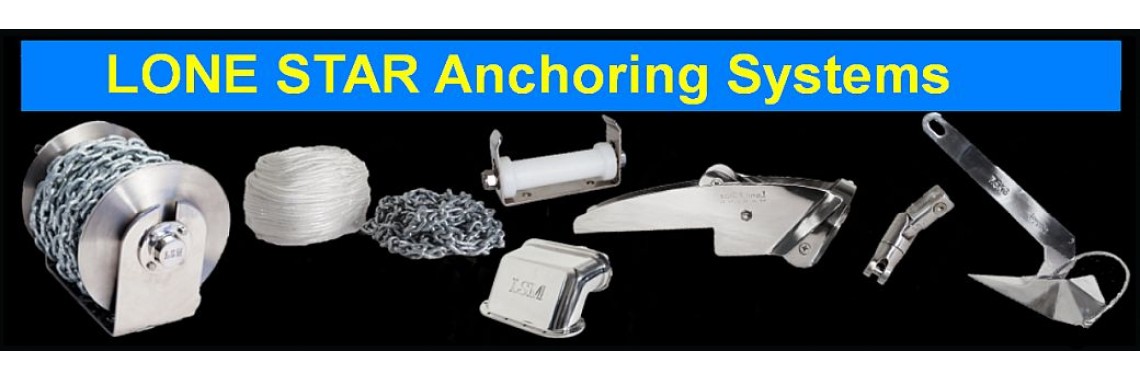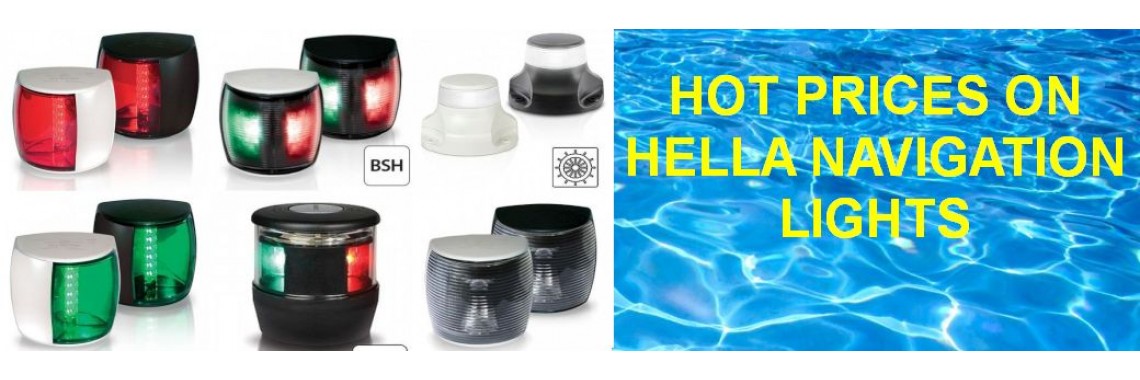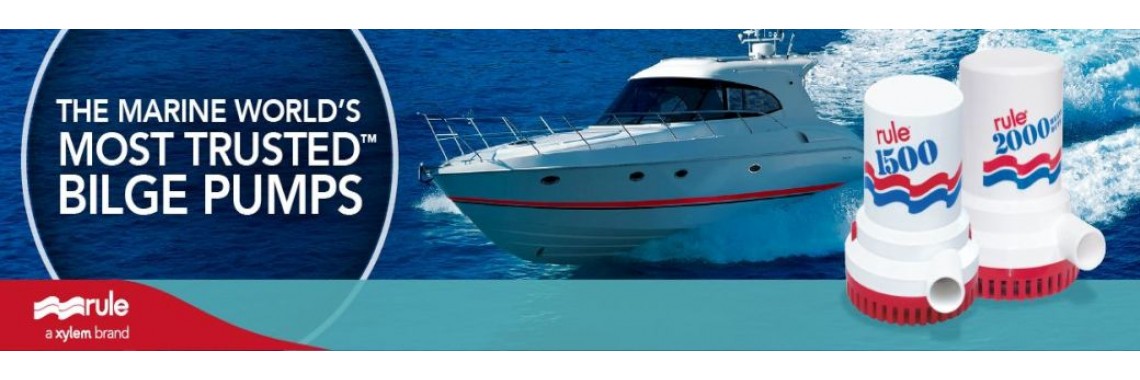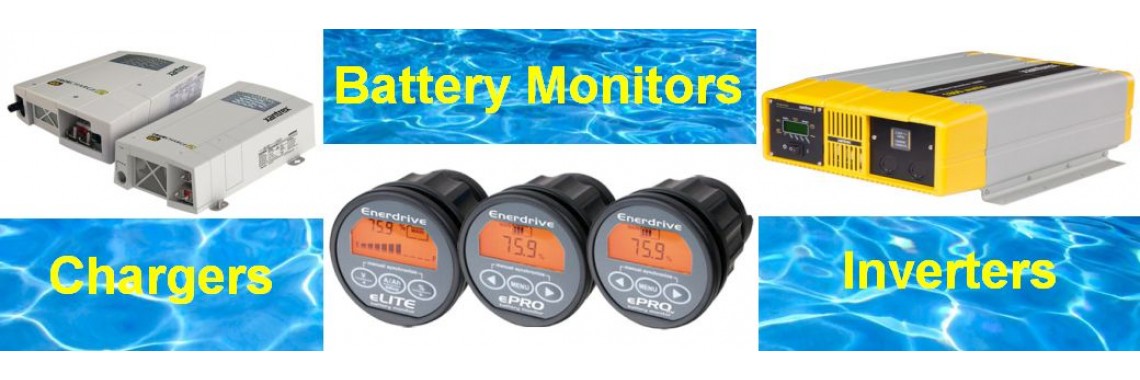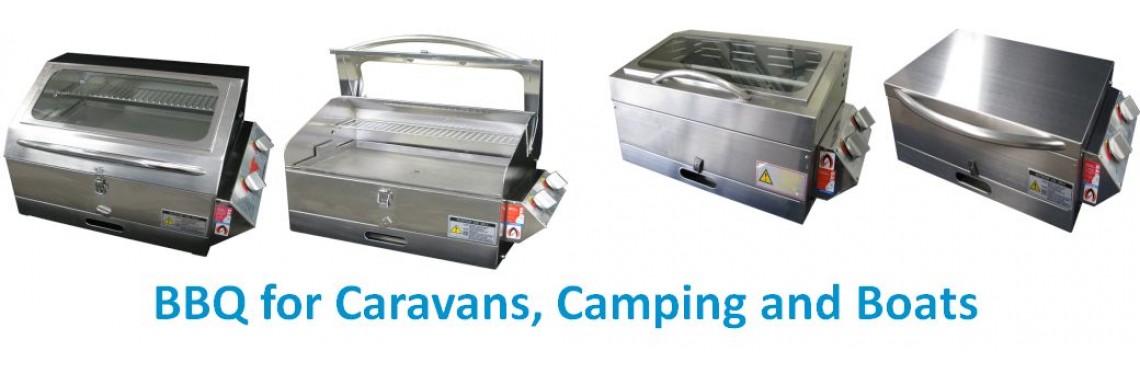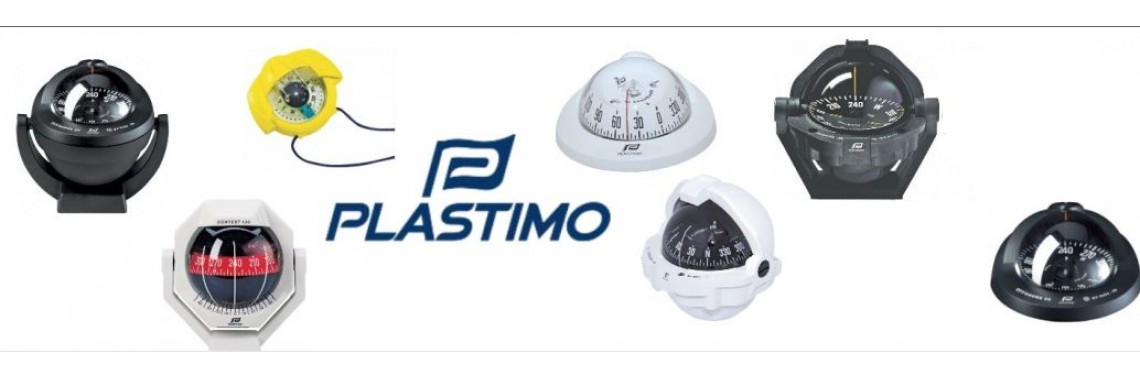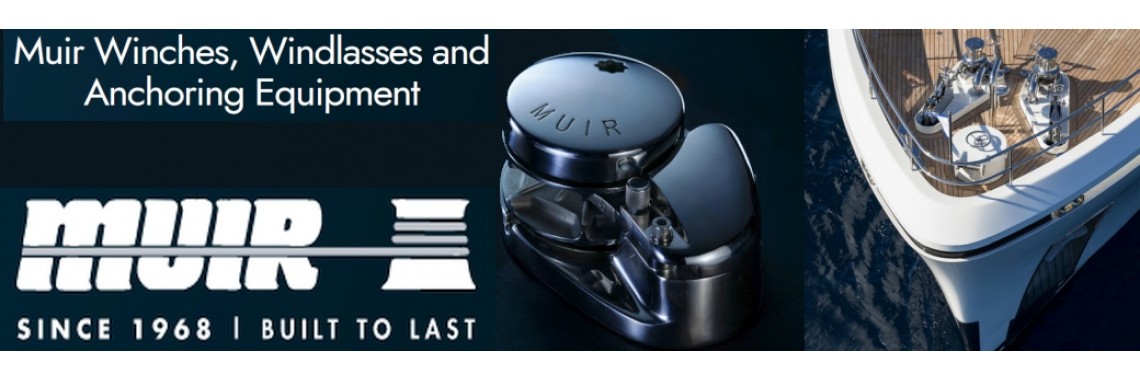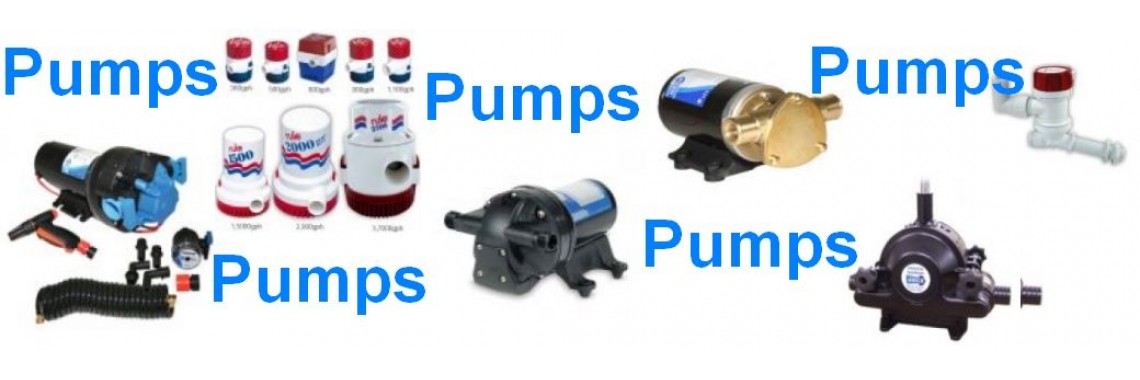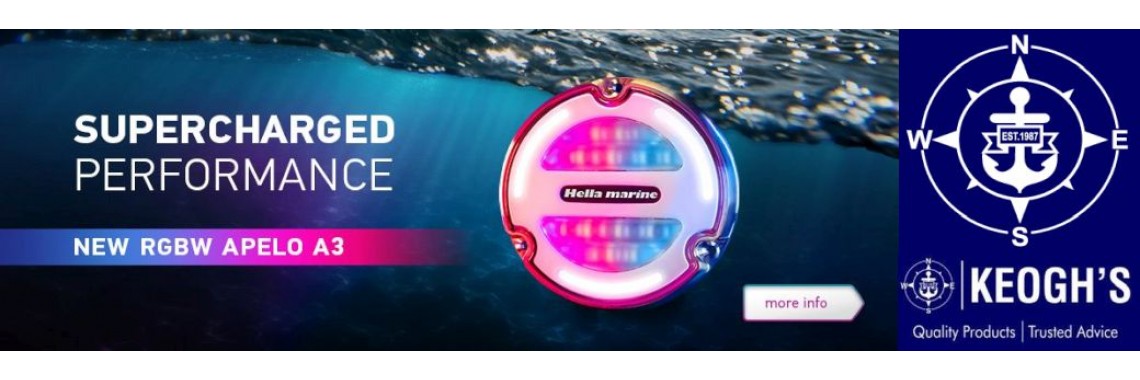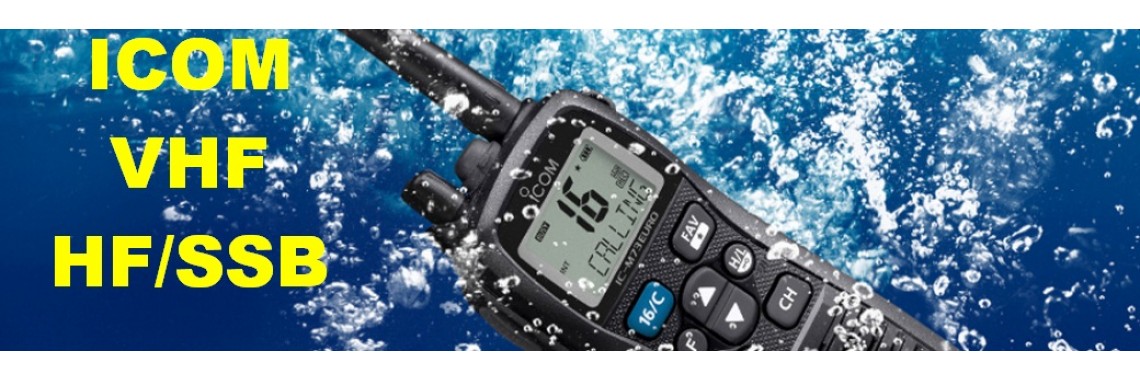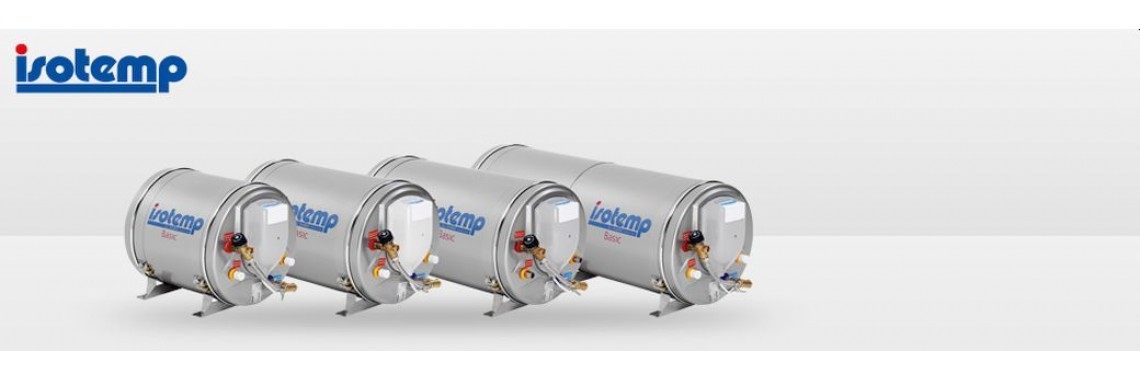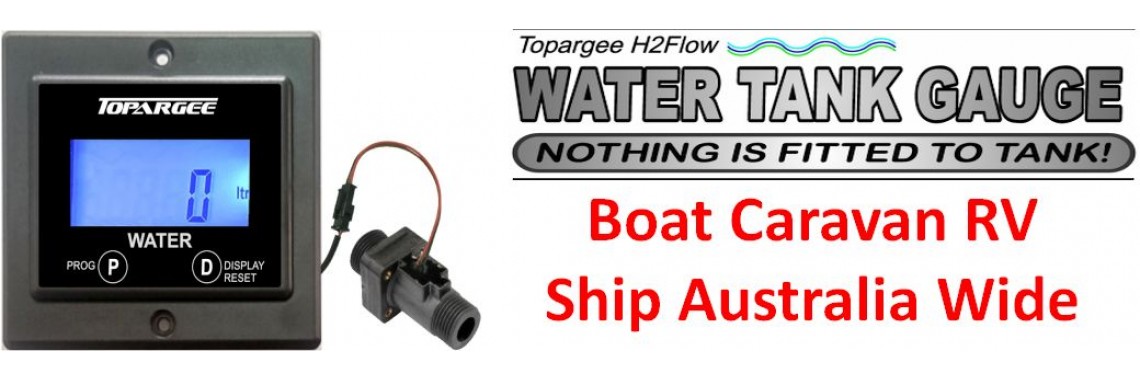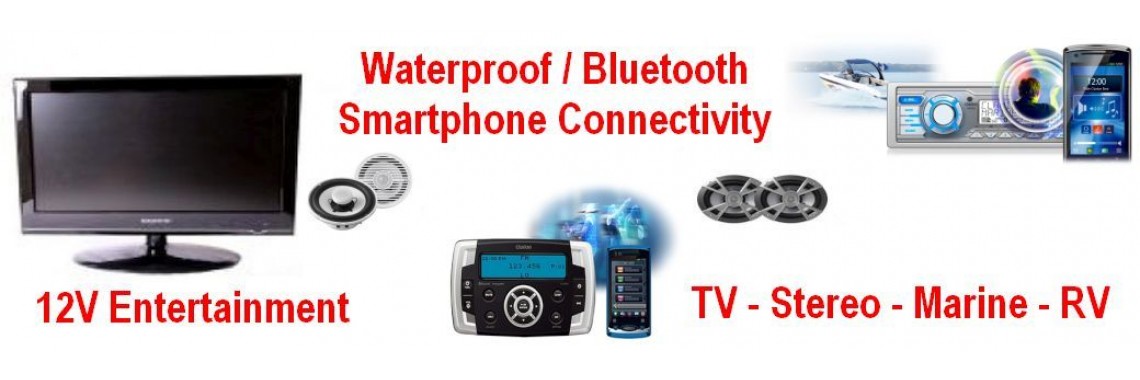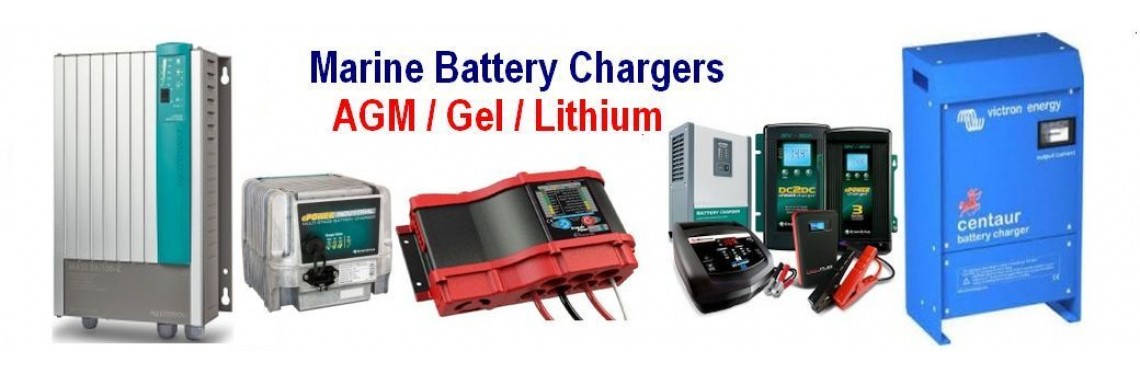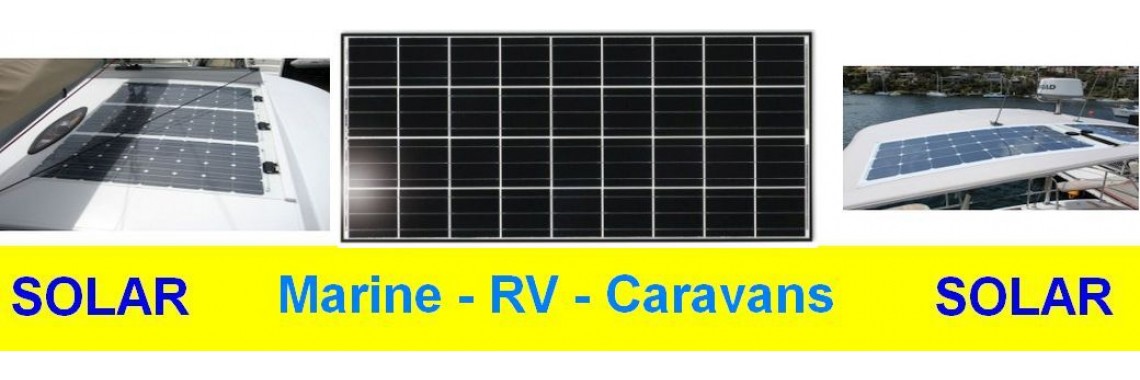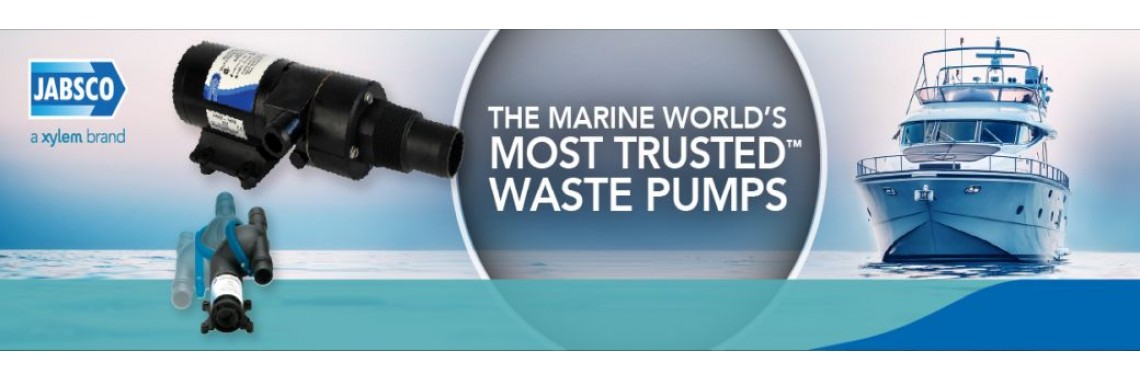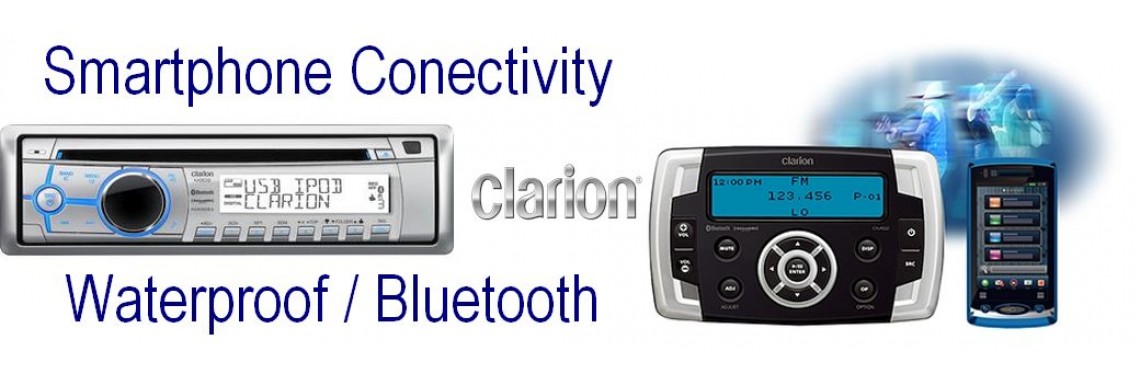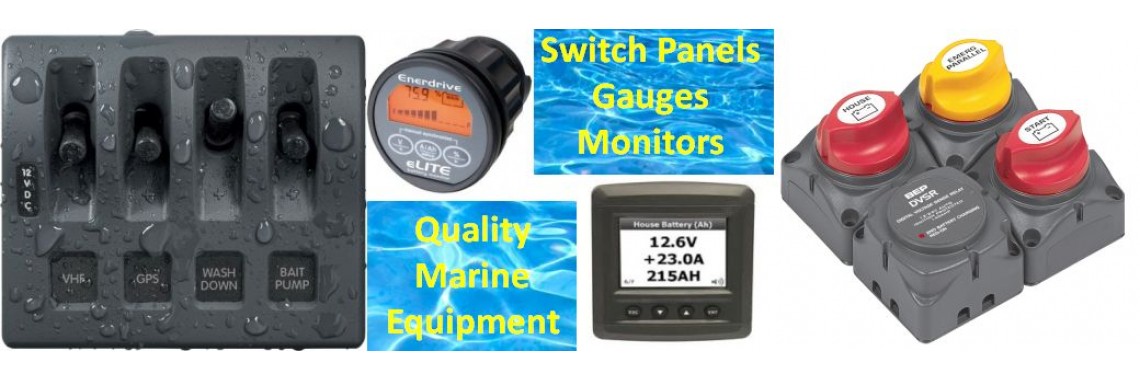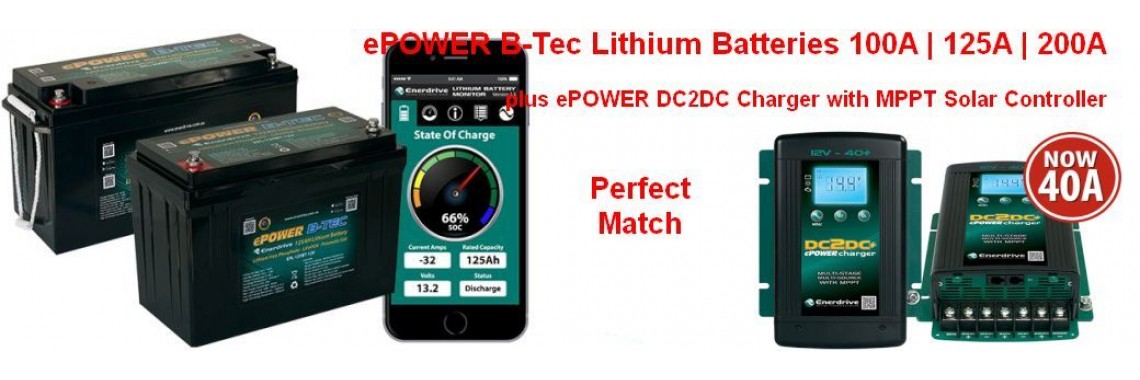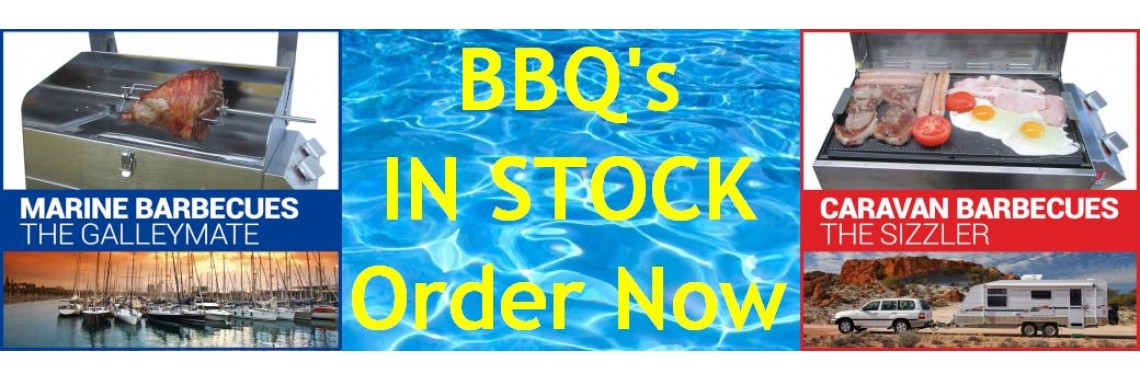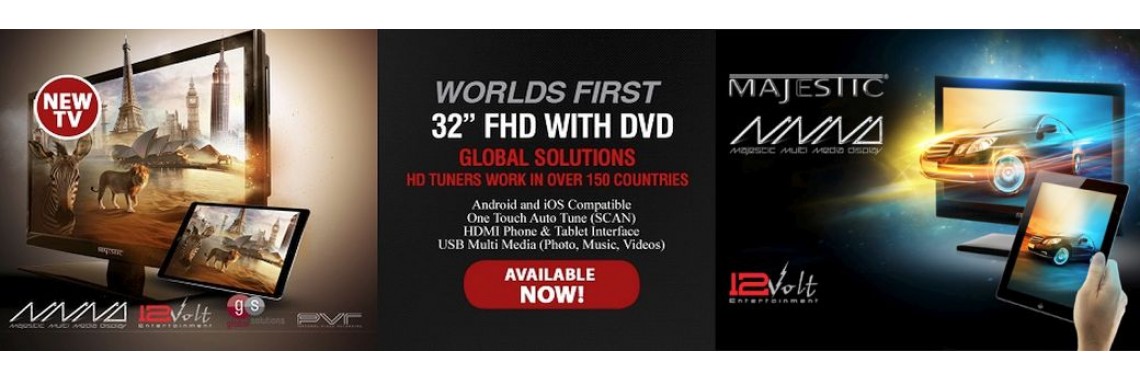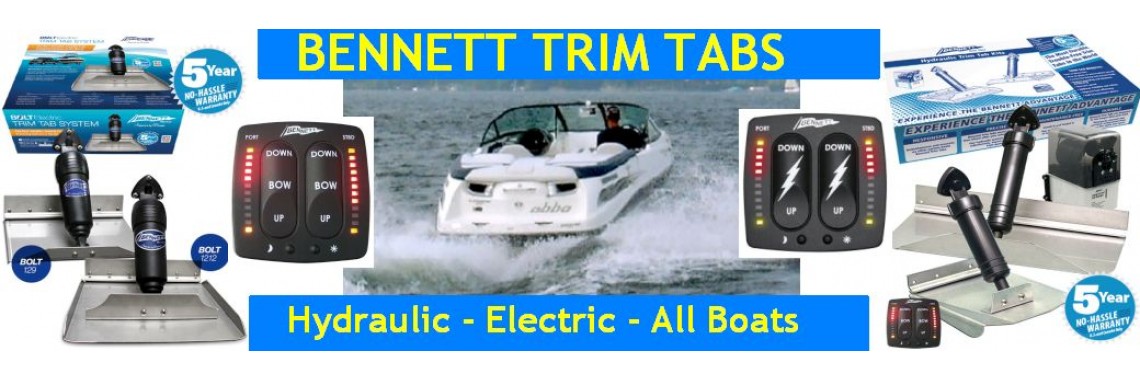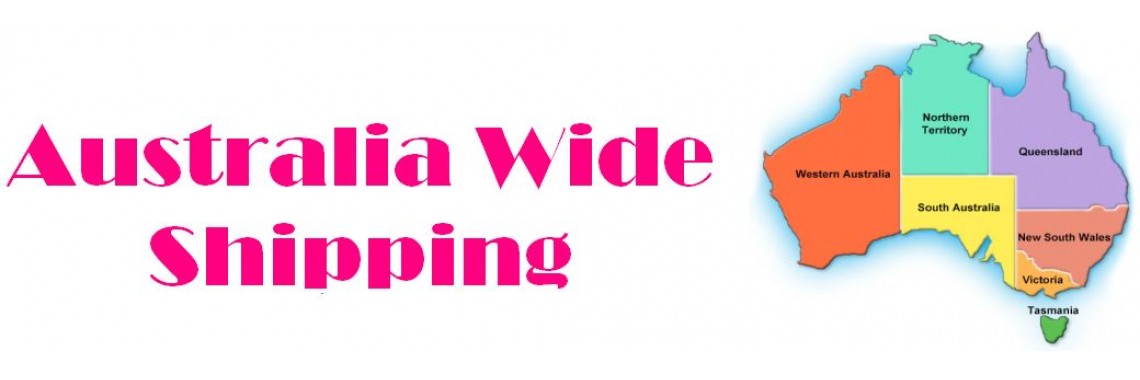Anchor Winches and Anchoring
Anchor Winches and Anchoring
Building, refitting or upgrading a boat - Part 6
Anchor winches, anchor and anchoring
by Keoghs Marine Electrics
Technical, graphs and photos courtesy of Maxwell Winches Australia
There is nothing like sitting at anchor, the sun is shining, there is a light 10kt breeze, the beer is cold and you are half way through a kilo of Queensland’s finest king prawns, when all of a sudden you realise that your anchor has pulled and you’re drifting towards the next boat – or even worse – rocks.
I can’t even count how many times I have been anchored at North Wavebreak Island, enjoying ideal conditions when the wind changes direction and starts to blow in the opposite direction to the tide. Then all hell starts to break loose as boats start dragging anchor and in many cases start crashing into one another. This can be the result of poor seamanship where the skippers do not know how to anchor correctly, but in many cases this is due to poor anchoring systems, incorrect anchor selection, incorrect scope or incorrect anchor rode.
In this issue we will address how to correctly choose the correct type of anchor winch for a vessel, what factors need to be considered, common rode and anchor types and some basic anchoring tips and techniques.
To make the proper selection in anchor-handling equipment, it is important to give careful consideration to the weight, style and size of boat, the anticipated anchoring conditions, and the weight and type of ground tackle. For assistance in determining what anchoring solution is right for you, refer to the anchor selection guides or contact Keogh's Marine for advice.
Vertical V's Horizontal Winches
The two basic types of windlasses are differentiated by the drive shaft orientation. Deck thickness and underdeck space are the two main considerations when deciding which of the two types to fit vertical windlasses make up the majority of anchor winch sales. They are characterised by situating the capstan and/or gypsy above deck and the motor and gearbox below deck. Vertical windlasses provide a 180° wrap of the anchor rode around the chainwheel giving optimal chain control, minimising slippage and jumping. Horizontal windlasses are mounted completely above deck with gypsy and capstan located to either side. They provide a 90° wrap of the rode around the chainwheel.
Vertical systems have several advantages: They take up less space on deck and are easier to maintain. They are less expensive than equivalent horizontal models. Chain alignment for smooth chain retrieval, while important, is not as critical as horizontal windlass alignment. With vertical systems more chain is in contact with the chainwheel, thus avoiding the possibility of chain jump. Line-pull on the warping drum can be in any direction, as opposed to fore and aft only on horizontal models.
Horizontal models have the advantage of being better suited to applications where there is limited below deck space / accessibility, extreme deck thickness (over 200mm - 8”), or where two anchors must be handled from one winch.
Winch Selection Guide
There are a number of important criteria to be considered in selecting the correct anchor winch. These include the vessel size, displacement, windage, anchor size and rode selection. Practicalities such as locker space and depth of fall for the rode also play a part in deciding which windlass is ideal for you. Maxwell Marine’s range of windlasses and capstans is extensive, with models to suit boats up to 100m (over 300ft). This section aims to simplify the selection process by taking you step by step through all the criteria that needs to be considered when choosing a windlass or capstan.
What size windlass or capstan for my boat?
Consider the overall length and displacement (either light or heavy) of your boat and use the chart below to identify the most suitable windlass or capstan for your vessel.
How much space do I need in my chain lockers?
Deck thickness and locker space play an important role in deciding whether to install a vertical or horizontal windlass. Estimating or measuring the depth of fall of the rode into the anchor locker may dictate which type of windlass is most suitable for your vessel. Calculating the depth of fall differs for horizontal chain only windlasses and for vertical rope or rope/chain windlasses (see diagram below).
DC, AC or Hydraulic?
The wattage of a DC electric motor is not the important factor. Rather it is the efficiency of the whole winch, including the gearbox and motor, which counts. With the increasing popularity of powerful and compact on-board generators, AC powered winches are becoming a practical consideration for bigger boats. Hydraulic systems provide another power source well worth considering as they have the advantage of constant speed under all load conditions and can be run almost constantly while coupled with safe guards such as pressure relief valves. Modern hydraulic systems offer an integrated, low maintenance and efficient, centrally managed, power pack.
What pull capability will I need?
The only meaningful way to rate anchor winch performance is by looking at what it will lift and at what speed. The two things to consider are (a) the maximum pull capability and (b) the working load of the winch. Maximum pull (sometimes referred to as stall load) is the maximum short term or instantaneous pull of the winch. Maximum working load is generally rated at about one third of the maximum pull and is usually considered to be the load that the winch is pulling once the anchor is off the bottom.
Safety and security tips
Circuit breaker/isolators are used in the installation of any DC electric windlass to provide protection to motor and cables should the windlass be overloaded. Accessories such as chain stoppers or chain snubbers are highly recommended for safe anchoring, the avoidance of unintentional self- launching of the anchor and for the prevention of damage to your anchor winch. You should never anchor off your winch or use your winch to draw your boat to the anchor spot. The anchor winch is designed to pull up a dead weight and should not be subjected to the strain of your boat riding at anchor. If you think the winch you are considering may be too small, then go to the next size up. Better to have excess lifting capacity than not enough!
Auto Anchor Systems
Why skippers want stress-free anchoring
- More accurate anchoring - With the touch of a button, skippers can be confident they have followed the rules for safe anchoring. AutoAnchor makes it easy to deploy the correct length of anchor rode for the conditions. At night, when markers on the anchor rode are difficult to see, the adjustable LCD display shows exactly how much rode has been released.
- Minimal crew required - Models in the AutoAnchor 500 Series have a one-touch automatic function to deploy or retrieve a preset length of anchor rode. In situations where a skipper is solo or short-handed, this feature allows precision anchoring without stress.
- Less risk of damage during retrieval - Damage to the boat is easy to avoid with AutoAnchor. Depending on the model, a docking alarm, preset stopping point or automatic slowing feature will help dock the anchor without mishap.
- Less risk of accidental windlass deployment - The AutoAnchor safety lock helps prevent accidental deployment of the windlass.
- Technological superiority - When skippers are comparing notes, the boat with the AutoAnchor is one step ahead. Much more than an extra toy for the control panel, AutoAnchor demonstrates an eye for detail and commitment to safety.
- The confidence to be adventurous - Skippers can confidently leave their well-trodden cruising grounds to discover new horizons. AutoAnchor makes it safer to be adventurous, especially for crews who are accustomed to moorings and marinas.
Rode selection
Rope and/or chain, particularly chain selection, is extremely important. Deciding on the right anchor winch for your boat depends on the size, not only of the boat, but also the ground tackle. Anchor winches and capstans are designed to take chain only, rope only or a combination of both. Automatic rope/chain systems are now commonly used on boats up to 20 metres (65ft). Consequently, Maxwell’s Freedom, HRC, RC10 and Liberty Series automatic rope/chain systems have become increasingly popular, as they offer the added benefit of less weight in the bow with the ability to carry an increased amount of rode. Chain only systems remain popular on heavier displacement sail and motor yachts. There are two main types of anchor chain. Short link chain is most commonly used on small and medium sized boats while stud link chain is generally used on much larger vessels such as superyachts. The latter is characterised by a stud (bar) joining the two sides of the link preventing them from deforming when overloaded. High test or calibrated short link chain should always be used. Long or regular link chain should not be used with anchor windlasses. There are a wide variety of both metric (mm) and imperial (inches) chain sizes available and these will have bearing on your final windlass decision. It is important that the right size and right grade of chain is used to ensure a correct fit of the links to the gypsy. If the chain is not matched to the chainwheel problems may occur, such as the chain jumping off the gypsy or the chain jamming as it will not feed smoothly through the chainpipe. As chain to chainwheel compatibility is so important, Maxwell Marine supplies chainwheels to fit just about every known chain available on today’s international market.
Chain Size and Approx Weight per metre
- 6mm 1.1Kg
- 8mm 1.44kg
- 10mm 2.28kg
- 12mm 346kg
- 13mm 4.0kg
Conversion: Kilos to Lbs (pounds) multiply x 2.2
Key:
A = ANCHOR
C = CHAIN
S = SAFETY FACTOR x 3
Total of (A + C x S) will result in the correct windlass being selected.
Example: 80m of 8mm chain and 20kg anchor = 386kgs: Convert to Lbs x 2.2 = 871.00lbs. This indicates that a VWC1000 would be suitable; however vessel weight and how the customer intends to use the vessel should be taken into consideration and based on what is advised it may be prudent to move up to the next sized windlass (1500).
Three Lay (Strand) Ropes
Three lay ropes consist of three master lays, which are laid in either clock or anti-clock wise rotation.
By nature three lay ropes untwist while under load: Normal anchoring conditions. When the load is released the rope loses its stretch and reduces to its original size, however the tension is not re-distributed evenly along the length of the rope, but collects at one or two points creating excessive twists that can affect the operation of the windlass.
Eight plait ropes
Eight plait ropes are made up of counter clock-wise layers: Four clock-wise and four anti-clock-wise. As a result when pulled tight simply stretch without any deformation of the rope aside from the profile becoming square. When the load is released the rope returns to its original formation. The benefit of this is that the rope stows against itself and roughly 35-40% more rope can be stowed into the same area as a three lay type rope.
Some of these rules are laid out by the certification body: Lloyds of London.
- Length of chain should be at least one and a half times the vessel’s length on rope and chain rodes. Any length over and above will result in better anchoring;
- Anchor weight should be at least one ‘lb’ (one pound) per foot of vessel length (conversion to metric (kg’s) multiply x 2.2);
- New generation anchors are an exception to the rule as they are based on surface area imposed upon the seabed;
- Reef anchors hook up on reef or foul and are not dependent on anchor weight.
- Cantenary Action: This is the action of the chain straightening the curve created between the anchor and vessel. The collective weight of the chain that rises off the seabed, whether tethered to rope or not and then to the vessel allows the vessel to ride at anchor. The curvature of the chain straightens depending on the weight imposed by the vessel. This will change based on conditions at the time. For instance if the vessel is anchored in a tidal flow or strong winds the amount of rode paid out will reduce the angle between the anchor and vessel. Thus reducing the curvature of the chain, allowing the chain to hang closer to the seabed keeping the shank of the anchor parallel resulting in the anchor remaining set.
- Scope:
- Generally is three to one based on an all chain rode;
- Four or five to one on rope and chain combination rodes;
- Basically the more rode paid out the better the anchor is going to set and stay in extreme conditions.
- Catch Phrase: If in doubt? Let more out!
- The weight of the vessel has to be taken into consideration, for example steel vessels require larger size chain and windlass.
Anatomy of an anchor
To get an idea of how each anchor type works we must know each of its parts.
The shank is the stem of the anchor in which direction is pulled to set (bury) the anchor. Weak shanks will bend and poorly constructed shanks will break when the boat pulls from another direction.
The crown connects the various parts of the modern anchor. Also know as the hinge in the case of the CQR.
The stock turns the anchor into an attitude that enables the flukes to dig into the sea bed. Fortress, Danforth and Fisherman anchors are examples of anchors with a stock to help guide the points into the seabed.
The tripping ring is used for the optional tripping line - by pulling the tripping line, the anchor will break out.
The flukes will be buried into the seabed. The very tip of a fluke is sometimes called the bill.
There are seven main types of anchor. They are the Danforth, Mushroom, Grapnel, Kedge, Claw (Bruce), Plow and the SARCA.
- Danforth Anchors – These anchors have two long flukes that pivot and bury the anchor under tension. They hold best in firm sand, gravel or mud. Danforth type anchors are not recommended for rocky or grassy bottoms were they cannot penetrate, and clay bottoms were they may not hold well.
- Mushroom Anchors – Mushrooms are meant to be used for providing permanent mooring and are not suitable for normal use on a recreational vessel. An effective example of this anchor type can weigh several thousand pounds. When used for long-term mooring the mushroom shape of the anchor helps it settle into soft bottoms and resist breaking free.
- Grapnel Anchors – These anchors have four or more arms to are designed to hang up or snag on brush and outcroppings on the bottom. They are commonly used on very small boats and can be used to retrieve lost objects in the water. Grapnel anchors do not work well on mud, sand and gravel bottoms. They may work effectively in some rocky areas.
- Kedge, Admiralty or Navy Anchors – Navy anchors are the traditionally styled anchor best known by the public with their prominent arks, flukes and stock. These anchors work well in grassy or rocky bottoms. Navy anchors are not commonly used on recreational boats because they depend on their great weight and size to hold a boat.
- Claw or Bruce Anchors – These single fluke anchors allow the boat to swing in a full circle without breaking loose. They tend to reset themselves immediately in most bottom conditions. Claw anchors hold well in most bottom conditions.
- Plow Anchors – Plow anchors are a favourite of many cruisers. They offer good holding power in many different bottom conditions, but do not perform well on soft bottoms. Plows work by digging into the bottom while the anchor is set. Delta style plows have a fixed shank, while the shank of the CQR style anchor pivots. These anchors tend to reset themselves well.
- SARCA Anchors – It’s unique design and high quality performance has made SARCA one of the most popular anchors available in New Zealand and Australia, enthusiastically adopted by Coastguard, Police and Fisheries Patrol vessels, as well as charter operators and other commercial boaters. This revolutionary anchor has been designed to withstand a variety of bottom types including mud, sand, gravel and rock, offering superb holding power in all conditions. The Sarca is known as a high holding power anchor and offers much higher holding power for its weight when compared to other styles.
Test diagrams showing the comparative holding power of various styles of anchors over various types of sea beds.
Anchoring tips
Books on seamanship all have a section on how to properly and safely anchor your boat. Generally they reflect consistent theories, here is a brief summary regarding acceptable anchoring technique could prove useful and informative.
- Before deciding where you want to anchor, slowly cruise around the anchoring site and check the boats already at anchor, to ensure you have enough room to swing;
- Allow adequate room around the spot where you wish to anchor. Remember that power vessels swing differently than yachts. Boats on rope rodes swing around more than those on chain;
- Slow down and keep the bow into the wind, or current, whichever is stronger and as the boat comes to a complete stop, start to lower the anchor;
- After lowering the anchor, either drift back or slowly reverse while paying out the anchor rode, in order to ensure the anchor is set (holding firm);
- The amount of anchor rode you pay out should always be at least three times the depth of water in which you are anchoring.
- Calm Conditions with minimal wind or tide conditions (3 to 1)
- Heavy wind or tide conditions (At least 5 to 1)
- Boat left unattended in fair conditions (7 to 1)
- Extreme conditions (10 to 1)
– Remember if in doubt let more out!
- Do not switch off the engine until you are sure the anchor is set (holding firm). The engine may not restart. Use buoys as reference points if they are available or, if close to shore, use prominent landmarks to check you are holding your position;
- Once anchored, secure your anchor rode with the chain stopper or secure to a deck cleat or bollard with a hitch that is easy to cast off. Do not anchor off your winch;
- Remember to take into account for tide and or wind changes as the anchor may very well drag. A rising tide you may well have to let more rode for the extra depth of water;
- Have a small buoy handy; which you can tie to the end of your anchor rode in case you have to slip your anchor. You will then be able to recover your anchor and rode later;
- Your boat should always be anchored via the bow;
- Check your position frequently when at anchor. You may have dragged.
So there we have it - anchor winches, anchors and anchoring in a nutshell. With careful planning, a quality anchoring system can be achieved with relative ease and with mindful skippering, the stress of anchoring can be left to those who don’t. Now back to a couple of beers and prawns!
Until then, happy boating.
There are no products to list in this category.
